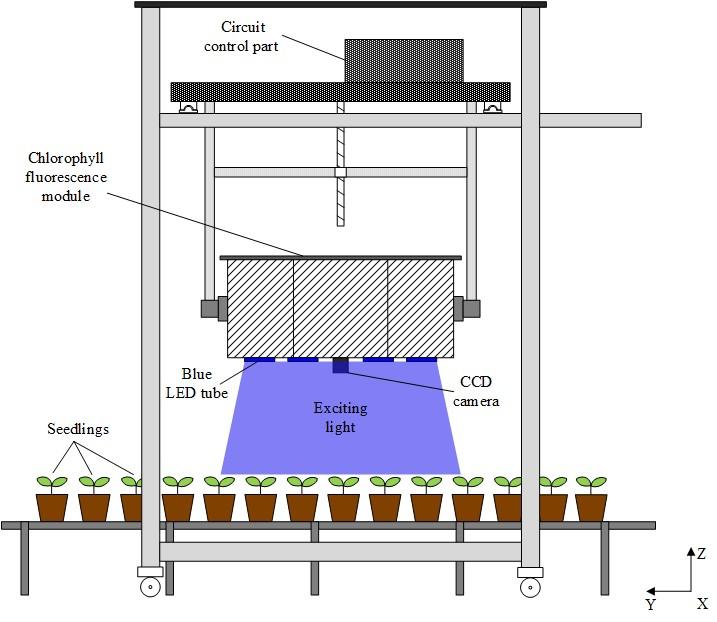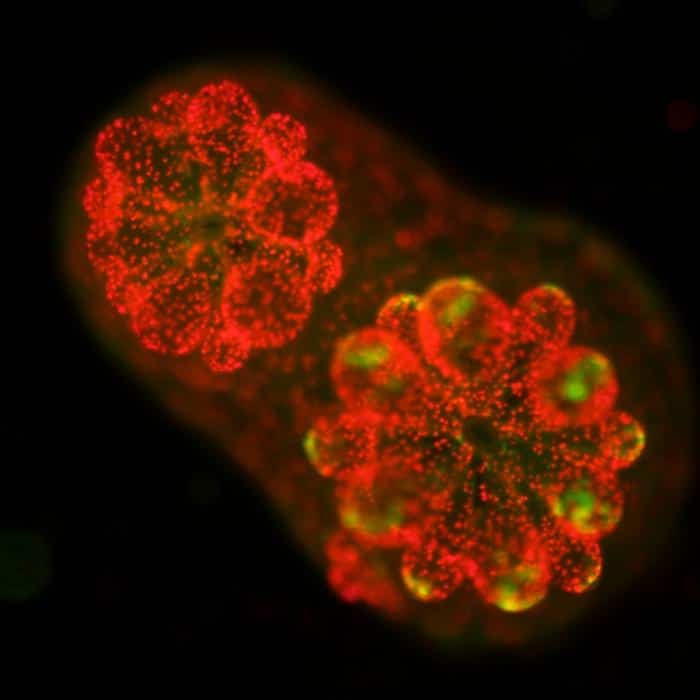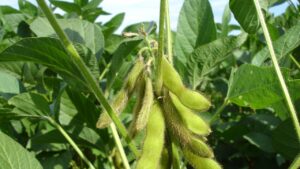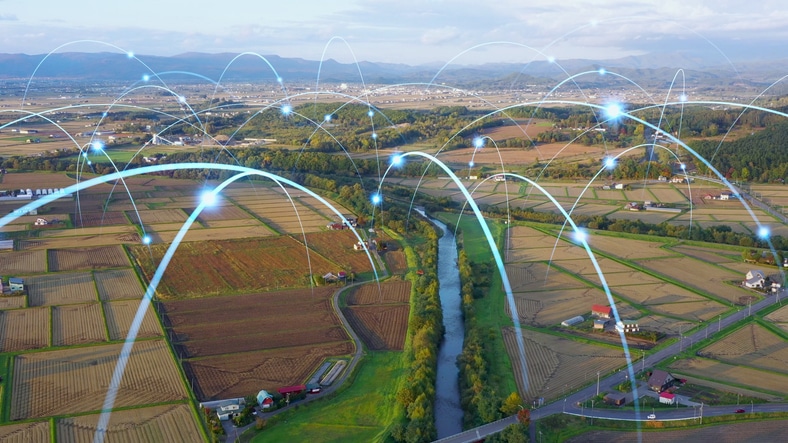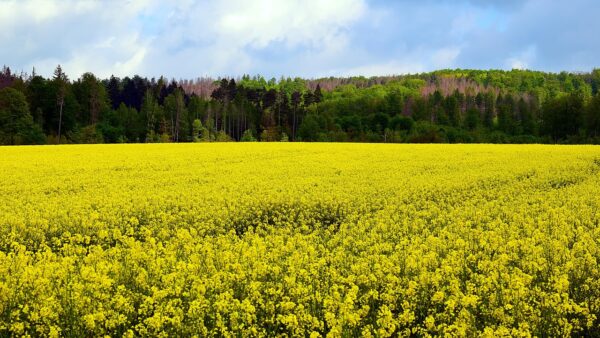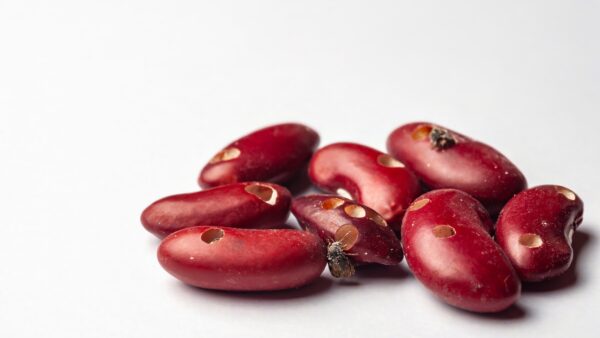Crop imager could enable agricultural machinery that automatically responds to stressed plants.
Researchers have developed a new imaging system that is designed to monitor the health of crops in the field or greenhouse. The new technology could one day save farmers significant money and time by enabling intelligent agricultural equipment that automatically provides plants with water or nutrients at the first signs of distress. With further development, the system has the potential to be used aboard unmanned aerial vehicles to remotely monitor crops.
The imaging system detects fluorescence emitted from chlorophyll, a pigment that gives plants their green color and is essential for absorbing the sunlight plants use to create energy through photosynthesis. Monitoring chlorophyll and how photosynthesis is performed in a plant provides insight into the health and growth of the plants.
In The Optical Society journal Applied Optics, researchers led by Xu Liu from Zhejiang University in China detail their new crop imaging system. It can image an area measuring 45 by 34 centimeters, about four times larger than commercially available chlorophyll imagers.
“Most instruments used for chlorophyll fluorescence imaging are only suitable for laboratory use, but we want to develop a system that can monitor crop health in a field or greenhouse,” says Haifeng Li, a member of the research group. “The large detection area of our crop imager brings us closer to that goal.”
In addition to helping farmers check crop health, the new system will be helpful for studying how plants respond to changes in growing conditions and for high-throughput phenotyping, an automated method used in crop research and development to analyze how genetic modifications affect plant characteristics such as leaf size or drought resistance in a large number of plants. The technique could also be modified for microscopy, allowing imaging of photosynthesis inside the plant cells.
“Chlorophyll fluorescence imaging has been widely used in academic research,” says Li. “Our system will allow this technique to move beyond the lab, where it can be used to develop and study crops with higher yield, for example.”
More data provides a better picture
The limited imaging area of commercially available chlorophyll fluorescence imagers restricts these instruments to imaging, at most, one or two seedlings at a time. In fact, some imagers only capture fluorescence from a few leaves at a time. Because photosynthesis can vary from plant to plant and even from leaf to leaf, many images would have to be acquired to get a picture of overall crop growth.
In one picture, the new crop imager can capture fluorescence from seven or eight seedlings, depending on their size. These additional plants provide enough data to get a true picture of crop health from just one image. The researchers also incorporated a scanning mechanism that increases the imaging area to 2 meters wide.
“By acquiring a large amount of data, our system can significantly reduce the error involved in analyzing the physiological status of a crop and the monitoring efficiency of crop growing conditions, without requiring repeated sampling,” says Li.
Large-area illumination
Detecting fluorescence from chlorophyll requires that the pigment be illuminated with light that excites molecules in the chlorophyll, causing them to emit light. The researchers used 16 lighting modules that each had a high-power LED to create this this excitation light.
For each lighting module, the researchers designed a series of lenses and optical components that created a rectangular illumination area through a process called spot reshaping. Light from each module was focused onto the center of the imaging area and superimposed to create strong and even lighting.
“The 45- by 34-centimeter imaging area is the largest available for this type of imaging system,” says Li. “Our instrument uniquely uses LED lighting spot reshaping to accomplish even illumination across the entire imaging area and to ensure that most of the light energy is used for illumination and not wasted.”
The researchers tested the new device by using it to image cucumber seedlings grown under stressful conditions that involved either water or nitrogen deficiency. In both cases the instrument showed changes in chlorophyll fluorescence that corresponded with declining plant health over time.
The researchers are now working to increase the system’s light energy utilization by making improvements to the manufacturing techniques, such as incorporating lens coatings, used to make the optical components. They also want to reduce the imager’s weight and volume to make it more mobile and more practical for use in the field and greenhouses.
Source: The Optical Society


